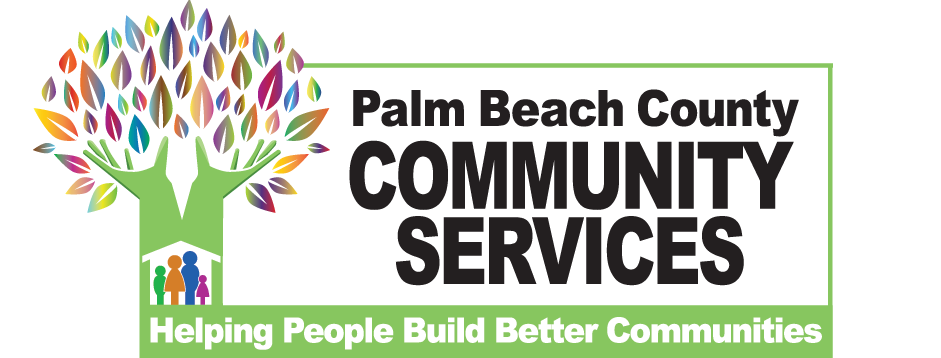What is Family Homelessness
Family homelessness, sometimes referred to as episodic homelessness, is caused by the combined effects of lack of affordable housing, unemployment, limited access to resources and supports, health and mental health challenges, the challenges of raising children as a single parent, and experiences of domestic violence.
Every year, thousands of families become homeless, although they are often not as visible as chronic homeless individuals are because they live doubled-up with friends or family, live in motels or shelters, or sleep in their cars or at campgrounds rather than on the streets of our community.
Episodic homelessness can also include non-chronic individuals – adults with no children – who are often the working poor.
Why is Family Homelessness Important to Address?
Nearly 1 in 3 Florida households who work hard, live above what’s considered “poverty” level and still cannot consistently afford the basics of housing, food, healthcare, childcare, and transportation. They are living on the verge of poverty and one event – a medical condition, an issue with a vehicle, loss of childcare – can catapult a family into homelessness. Homelessness impacts the health and well-being of both the adults and children in families.
Research shows that homeless children are hungry and sick more often. Many homeless children struggle in school, missing days, repeating grades, and drop out entirely. Up to 25% of homeless pre-school children have mental health problems requiring clinical evaluation; this increases to 40% among homeless school-age children.
Children who experience housing instability have much reduced outcomes in many areas including education, health, behavioral health, and productivity in adulthood. There are longterm impacts felt through homelessness and not addressing them oftentimes leads to generational homelessness.
What Can Palm Beach County Do Together to Make Progress on Family Homelessness?
Fortunately, homelessness among families is typically not a long-term experience. According to the National Alliance to End Homelessness, about 75 percent of families who enter shelter are able to quickly exit with little or no assistance and never return. Some families, however, require more intensive assistance.
- Increase the number of rapid rehousing slots available. One of the most important strategies for lifting families from homelessness is rapid re-housing. The more quickly families are connected with permanent housing, the more quickly their homelessness can be solved and their lives can return to relative stability.
- Focus on high-need families with supportive housing. Supportive housing, unlike more traditional services offered by the child welfare system, is not a time-limited intervention but a long-term investment in families.
- Expand programs in the local school districts to identify homeless families and then provide those families with navigation tools to available resources.
- Create an alignment between strategic outreach centers offering families case management and resources throughout the region.
- Work with local and state leaders to create more affordable housing options for families that fall below the financial threshold to secure stable housing
- Additional solutions for addressing family homelessness include providing family-oriented services that incorporate trauma-informed care, health care and mental health care for all family members, education and employment opportunities for parents, and assistance with transportation and childcare. It is important to note, however, without housing, these additional supports will not provide success alone.



